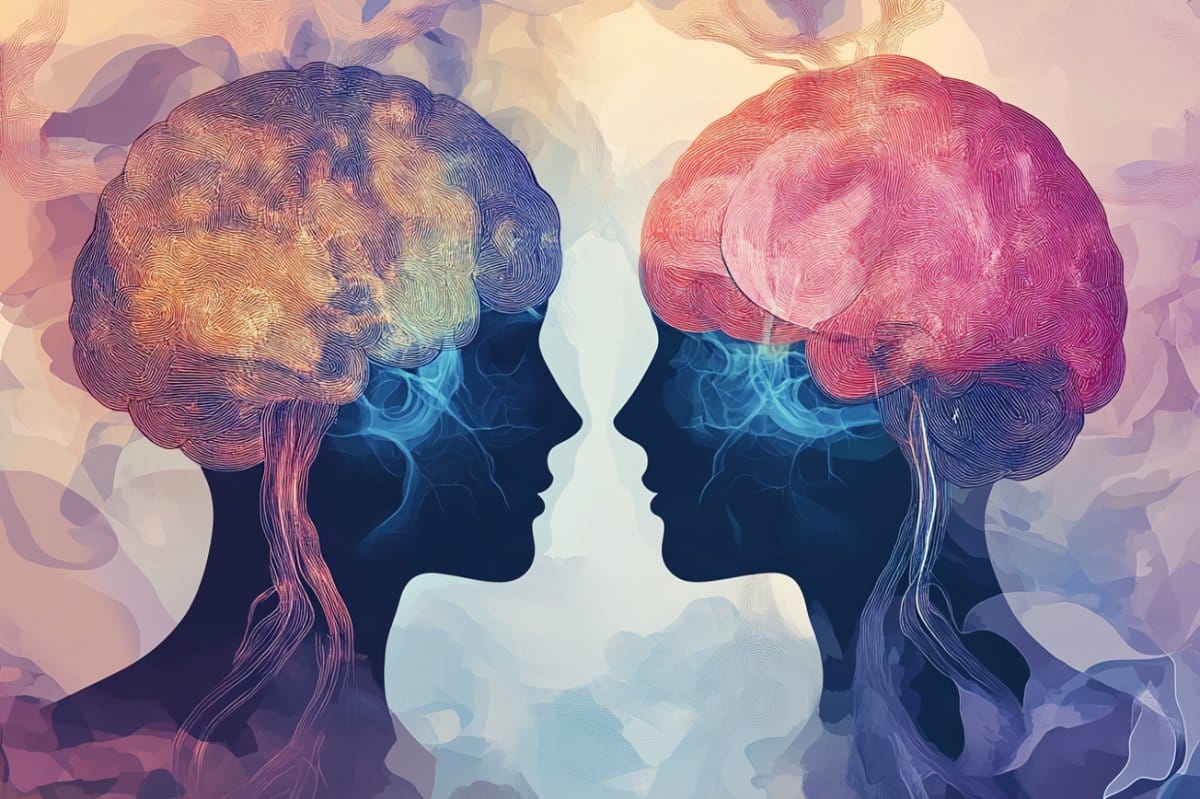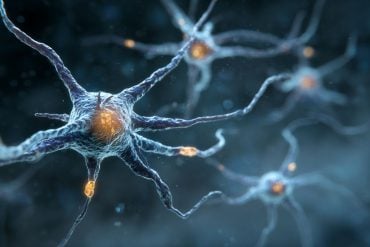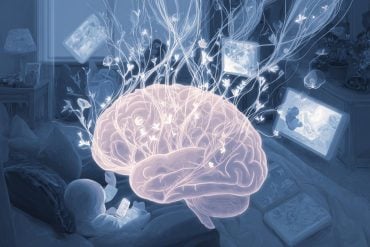Summary: A new study reveals that mice instinctively display rescue-like behaviors toward anesthetized peers, offering powerful evidence that prosociality may be hardwired in mammals. Researchers identified oxytocin as a key driver, activating two brain pathways to coordinate emotional and motor responses.
One path processes emotional distress, while the other initiates helping behaviors like licking and grooming. These findings challenge the belief that altruism is limited to more cognitively advanced species and open new doors to studying the neurobiology of empathy.
Key Facts:
- Instinctive Help: Mice licked and groomed anesthetized peers without prior training or rewards.
- Dual Brain Pathways: Oxytocin activated circuits in the amygdala and stria terminalis to drive emotional and motor components of helping behavior.
- Mutual Benefit: Helping behaviors reduced both the observer’s stress and accelerated the peer’s recovery.
Source: Chinese Academy of Sciences
In a new study, researchers have found that mice can instinctively exhibit rescue-like behavior toward anesthetized conspecifics, without any prior training or external rewards.
The study, published in PNAS, offers compelling evidence that prosocial behavior may be deeply rooted in biology, extending even to small mammals like mice.
Led by Dr. HU Li from the Institute of Psychology of the Chinese Academy of Sciences and Dr. CHEN Zhoufeng from Washington University School of Medicine and the Shenzhen Medical Academy of Research and Translation, the study uncovers the molecular and neural mechanisms that drive this behavior.
Their findings suggest a conserved evolutionary basis for prosociality.
Although altruistic behaviors—such as helping distressed peers—have been well documented in animals like elephants, dogs, and even ants, the presence of such tendencies in rodents has remained controversial.
This new study provides robust evidence of such behaviors in mice.
In the experiments, an “observer” mouse placed with an anesthetized peer showed clear signs of stress, indicated by elevated blood corticosterone levels.
In response, the observer mouse engaged in allogrooming and allolicking—behaviors that not only accelerated the recovery of the anesthetized mouse but also alleviated the observer’s own stress, suggesting a mutually beneficial dynamic.
To explore the underlying mechanisms, the researchers used a combination of advanced tools, including transgenic mice, chemogenetics, optogenetics, and fiber photometry.
They discovered that oxytocin (OXT) neurons in the paraventricular nucleus of the hypothalamus are activated when the observer mouse detects distress signals from a peer.
These neurons release OXT, which then acts on two parallel pathways via the oxytocin receptor to coordinate emotional and motor components of the rescue-like behavior.
Specifically, the pathway through the central amygdala is responsible for decoding the negative emotional valence of the distress signal, while the pathway through the dorsal bed nucleus of the stria terminalis enables the execution of rescue-like behaviors such as licking and grooming.
Oxytocin, often referred to as the “prosocial hormone,” is known to promote empathy, trust, and cooperative behaviors in both animals and humans.
This is the first study to demonstrate that oxytocin can coordinate both emotional responses and motor actions through a dual-pathway mechanism to facilitate efficient and timely rescue-like behavior.
For more than a century, the origins and evolutionary significance of altruism have intrigued philosophers, psychologists, and evolutionary biologists.
By revealing the neural circuits and molecular players involved in instinctive helping behavior in mice, this study not only challenges previous assumptions but also introduces a novel paradigm for exploring the biological foundations of empathy and social connection.
In doing so, it lays a foundation for future research into the neurobiology of complex social interactions.
About this oxytocin and altruism research news
Author: LIU Chen
Source: Chinese Academy of Science
Contact: LIU Chen – Chinese Academy of Science
Image: The image is credited to Neuroscience News
Original Research: Closed access.
“Distinct oxytocin signaling pathways synergistically mediate rescue-like behavior in mice” by HU Li et al. PNAS
Abstract
Distinct oxytocin signaling pathways synergistically mediate rescue-like behavior in mice
Spontaneous rescue behavior enhances the well-being and survival of social animals, yet the neural mechanisms underlying the recognition and response to conspecifics in need remain unclear.
Here, we report that observer mice experience distress when encountering anesthetized conspecifics, prompting spontaneous rescue-like behavior toward the unconscious mice.
This behavior facilitates the earlier awakening of anesthetized mice while simultaneously alleviating stress in the helper mice.
Our findings reveal that endogenous oxytocin (OXT) release from the hypothalamic paraventricular nucleus (PVN) to the oxytocin receptor (OXTR) in the central nucleus of the amygdala (CeA) regulates the emotional component of rescue-like behavior.
In contrast, OXT release from the PVN to OXTR in the dorsal bed nucleus of the stria terminalis (dBNST) mediates the motor component of the behavior.
Furthermore, we demonstrate that these two pathways exhibited distinct temporal dynamics and functional roles.
The OXTPVN-OXTRCeA pathway is activated in a transient and intense manner, acting as a trigger for rescue-like behavior, whereas the OXTPVN-OXTRdBNST pathway responds in a sustained manner, ensuring the continuation of the behavior.
These findings highlight the remarkable ability of rodents to engage in targeted helping behavior and suggest that distinct subcortical oxytocinergic pathways selectively and synergistically regulate the motor and emotional aspects of rescue-like behavior.







